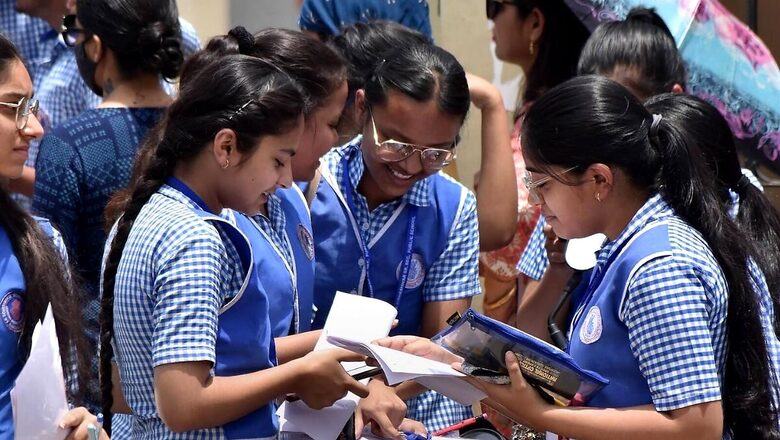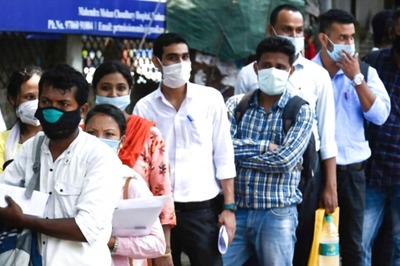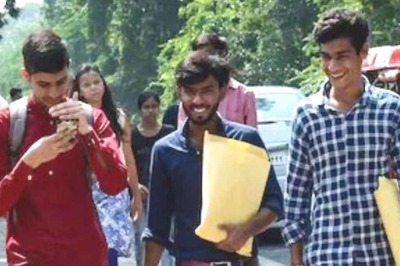
views
The Karnataka School Examination and Assessment Board (KSEAB) is scheduled to conduct the Class 10 and 12 board examinations from March to April this year. Karnataka School Education Minister Madhu Bangarappa recently announced that more than 6.9 lakh candidates have registered for the second pre-university (PU) (which is class 12) and about 8.9 lakh students have registered for Secondary School Leaving Certificate (SSLC) (that is class 10) exams, reported the Indian Express.
Out of the 6.9 lakh candidates in Karnataka’s second PU exams, 3.3 lakh are boys and 3.6 lahk are girls. While, in the SSLC exam, there are about 4.5 lakh boys and 4.3 lakh girls, who have registered.
As per the official schedule, the second PU exam will be held from March 1, 2024, to March 22, 2024. The SSLC examination will be administered between March 25, 2024, and April 6, 2024. As per reports, the KSEAB has selected 1,124 examination centres across the state for the second PU exam and 2,747 centres for the SSLC examination.
It is to be noted that KSEAB will administer exams 1, 2, and 3 to SSLC and second PUC students this year, for a total of three annual examinations. In 2023, an order was issued to this effect. With this, the Karnataka school education department will eliminate the concept of supplementary examination for SSLC and second PUC.
As a result, the KSEAB requires students to register for exam 1 to be eligible for exams 2 and 3. The goal is to allow students to improve their overall performance in the examination, after which the best scores from the three examinations will be considered for results.
Currently, only the marks received in the supplementary examination are taken into consideration as the student’s final marks; the marks from the previous examination are not taken into account. This is because students who have passed the second PU examination have the option to reject the marks from the annual examination.
However, the board introduced a remedial system that allowed students to retain their best scores from the first, second, and third examinations, referring to it as a ‘student unfriendly mechanism.’ When KSEAB introduced a third examination for second-year PU candidates in 2022-23, 1.19 lakh students registered, with 41,961 passing. Furthermore, this year’s second PU exam follows an 80+20 pattern, with a written test carrying a total of 80 marks and an internal assessment for 20 marks. In addition, the same model has been used for SSLC since 2015-16.
The board will administer the same 80-mark question paper to both SSLC regular students and private candidates this year, and the marks obtained by private candidates (for 80 marks) will be ‘scaled up’ to 100 marks before the results are published.




















Comments
0 comment